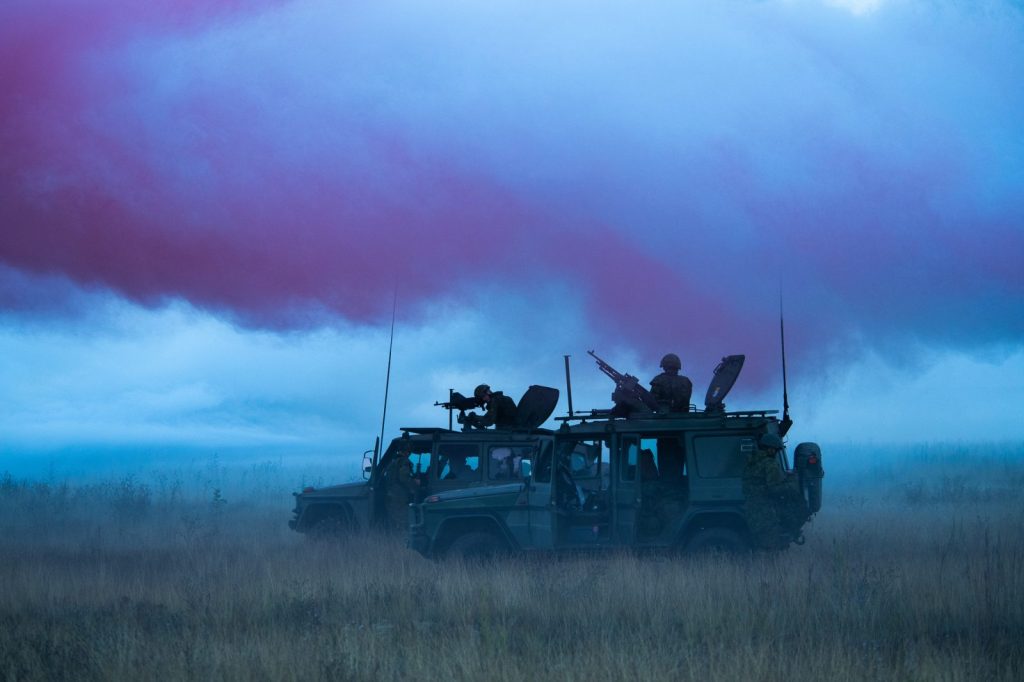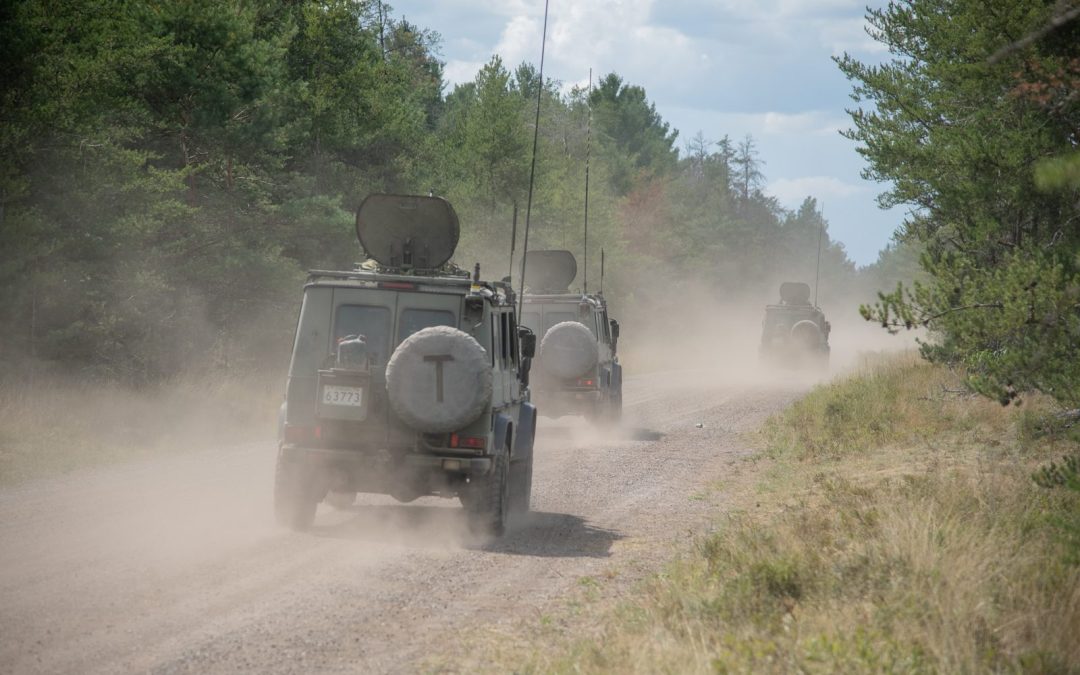by Ian Coutts
It never feels like news when the defence procurement process takes longer than expected. So, take the latest on the Light Utility Vehicle (LUV) project as a “no news, good news” situation.
The “no news” is that the initial stage of the project has taken much longer than anticipated. Back in the Fall 2019 issue, when we last profiled the program to purchase a fleet of vehicles to replace the Army’s 20-year-old Mercedes G-Wagons and Chevrolet Silverados, the project was in the options analysis stage. Which is where it remains today — nearly three years later.
The good news is that it looks as if 2023 will see the project shift gear and move forward more rapidly.
Major David Gottfried, who has served as the project director for the Directorate of Land Requirements (DLR) since 2018, says several factors were at play. Part of the reason for the delay was, as might be expected, the effects of Covid-19. The pandemic closed offices and scattered workers to their homes for the better part of two years. As well, the military has been in a bit of a procurement binge recently, creating a backlog as projects move through approval gates. “The Army alone has 39 major capital projects currently going through the system,” he said.
Finally, before the LUV program could proceed to the definition phase of the process, the cost estimate needed to be endorsed by National Defence’s cost analysts, experts who undertake all the numerical calculations required for budgeting a project. They are thorough — and few in number — creating another bottleneck.
That crucial step is now underway. Gottfried has a rough estimate for a vehicle fleet (he would not reveal how much at this point), and the project is now advancing.
The LUV project may lack the charisma of some higher profile procurements, but it is an essential piece in the Army’s vehicle fleet. While it is being steered by the Army, the final choice will affect medical services, military police, and the Air Force. Essentially, the whole of the Canadian Armed Forces except for “[Special Operations Forces], who have their own special requirements, and the Navy,” Gottfried said.

At present, there are around 2,200 G-Wagons and Silverados in the Army’s inventory that first entered service in the early 2000s. “Those numbers have probably gone down,” Gottfried noted, “[as some] are no longer available.”
His DLR team is seeking to purchase 1,500 to 1,850 militarized vehicles and about 400 civilian style trucks to take the place of the Silverado pickup trucks.
The light utility vehicles will be required to take on a wide range of roles. The Army is looking at a four-seat version for both the Regular and Reserve forces that will serve as a command platform and as a reconnaissance vehicle, equipped with either built-in or bolt-on armour. The military police, both Regular and Reserve, will require a variant of the four-seater, bearing their markings and equipped with some specialized kit.
There is also a need for a two-seat militarized version capable of carrying 1,500 to 2,000 kilograms of cargo. This would plug a key logistics gap that is evident in the growth of increasingly heavier gear that smaller units now haul on operations. The militarized two-seater will be an integral part of the logistics chain, providing support to front line units. As well, the signals units will require a variant of the two-seat truck with cable-laying equipment.
Ideally, the Army would prefer to purchase a single chassis for all the LUV military variants. This has been the preferred option since the project was stood up, and relates to cost and simplicity of maintenance. But meeting the many constituency requirements with a single chassis may not be possible.
Whether one or two chassis, the Army is not distinguishing between a chassis created originally for a civilian vehicle and what is known as a standard military pattern. What does the job is what matters. Whatever vehicle is chosen as a replacement for the Silverado will, like the vehicle it replaces, be used primarily on bases or by Reserve units in an administrative capacity, rather than on operations.
Unlike some procurement projects, the LUV program will have plenty of options to choose from. Gottfried said a request for information sent out last summer netted “10 respondents — 10 different companies put in their replies. And that doesn’t mean there aren’t other companies out there,” he added. “There’s big interest in this project from a big pool of competitors.”
Whatever vehicle is chosen, it will likely have a lifespan of 20 years. “And a lot of the companies say they can do much more than that,” Gottfried noted.
For the non-militarized variant of the Silverado replacement, the DLR team will look closely at hybrid or electric options. “One of the problems we run into with the militarized pattern vehicle is that the technology isn’t there yet for 24-hour operations,” he said. “Also, we have to be interoperable with our allies who all currently operate on diesel fuel.”
Once the costing analysis is complete, the next step will be a presentation to the Program Management Board, where the whole project will be reviewed. “Does the cost make sense? Does the capability we’re asking for make sense? Can we sustain this going into the future? That’s all reviewed at that time,” Gottfried said. “That is the big step for us, and that gets us one step closer to definition. All things being equal, we should be into definition this year.”


Don’t differentiate between the reg and reserve units by the same vehicle so troops are well versed with one vehicle on its handling and capacity and repairs and will lessen parts and training on different platforms . I’ve been in both scenarios reg and res